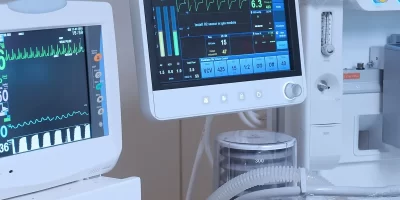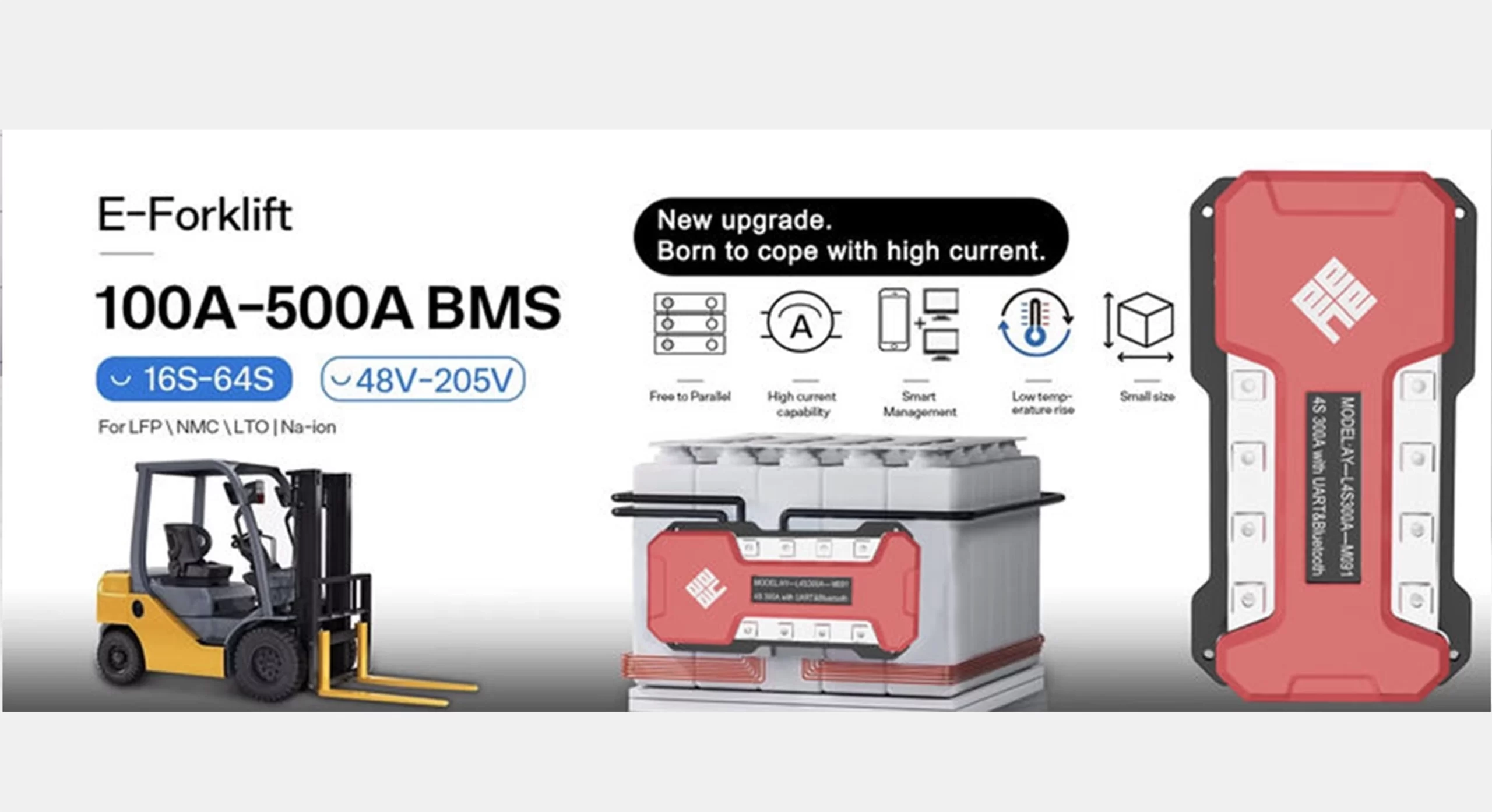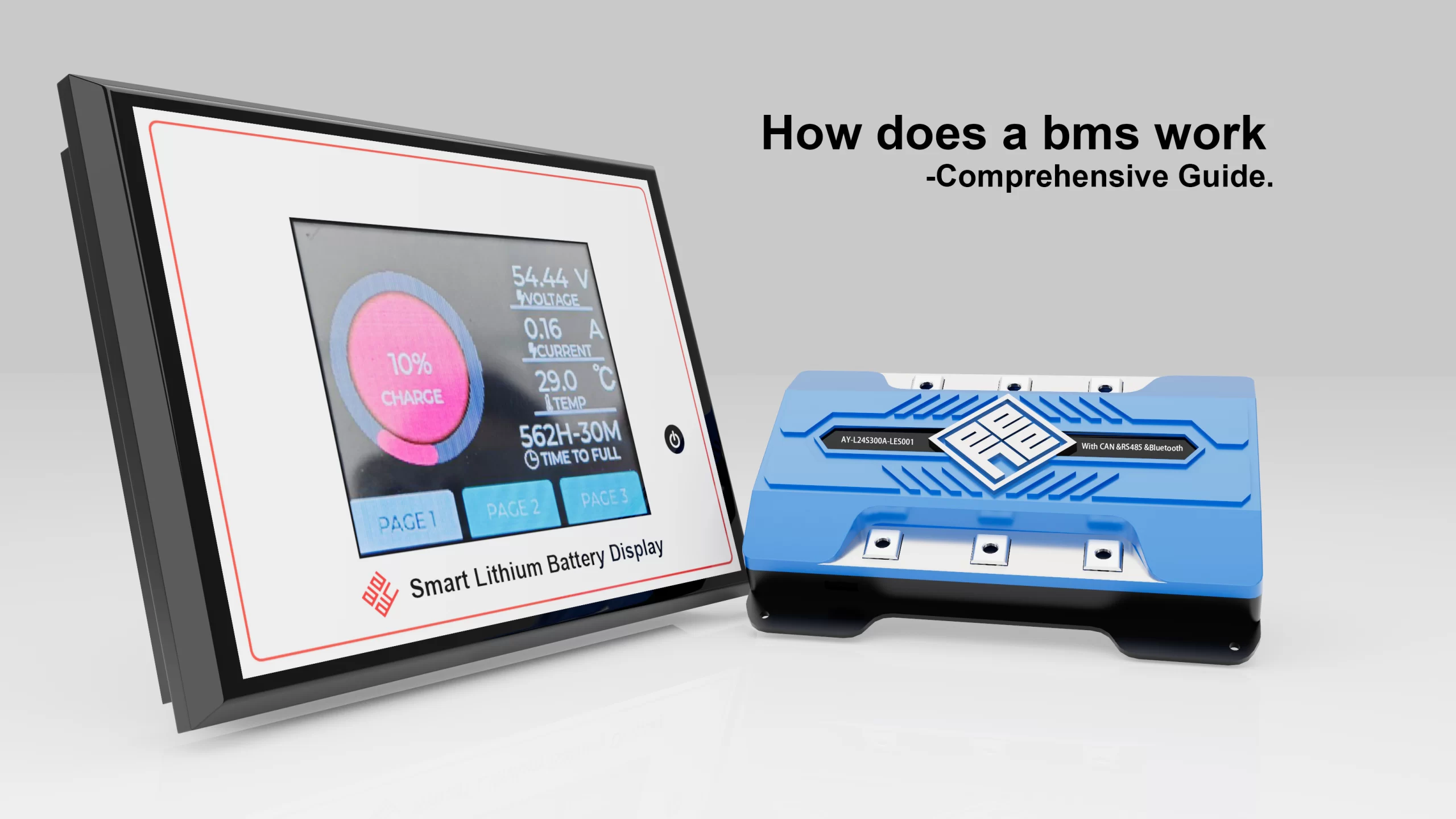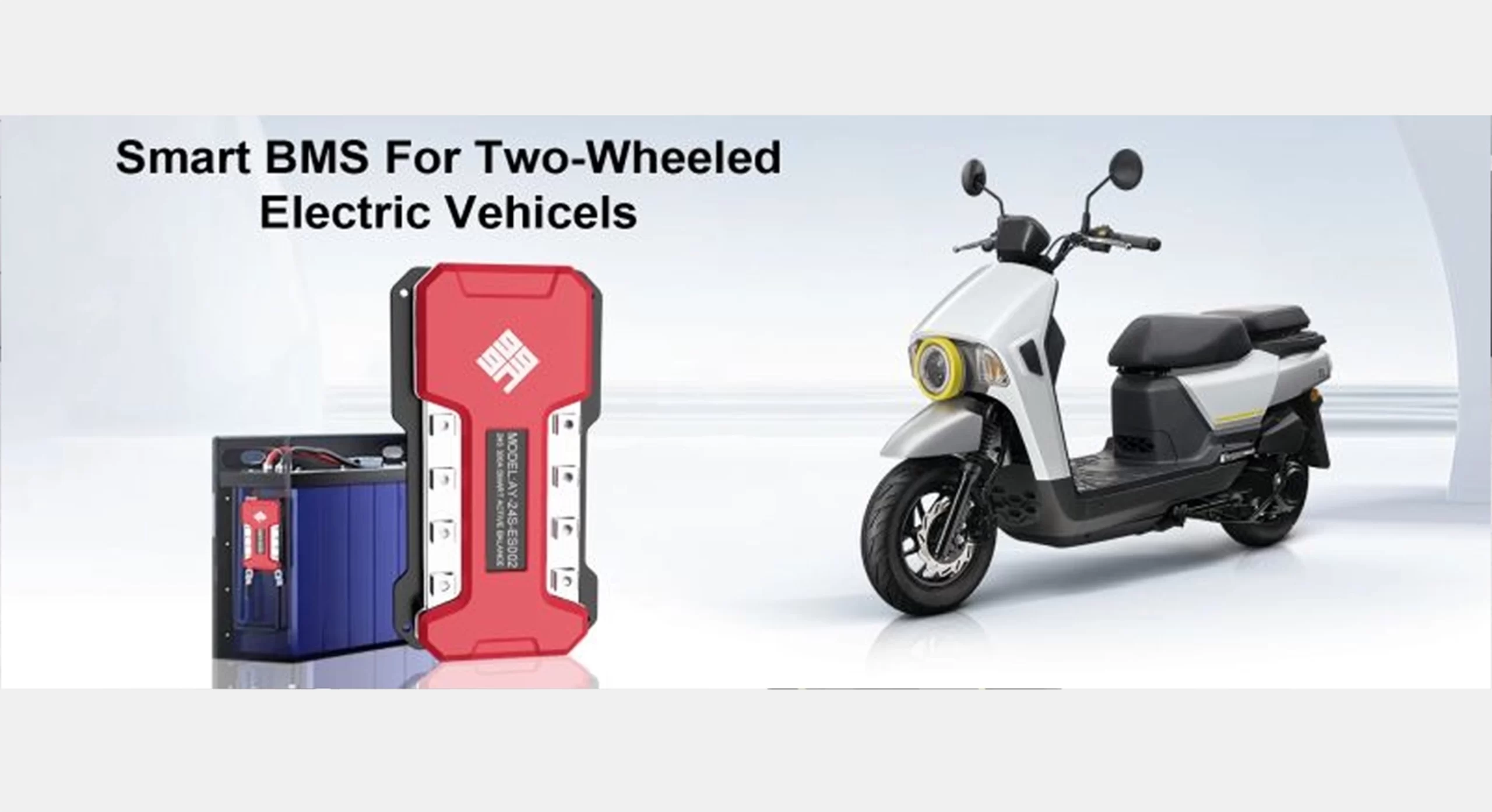Home About Us EVENTS & NEWS Battery Management System Hardware: The Core Component Powering Modern Energy Storage
Battery Management System Hardware: The Core Component Powering Modern Energy Storage
Battery Management System Hardware: The Core Component Powering Modern Energy Storage
Strong energy storage solutions are becoming more and more necessary as industries all over the world switch to electrification and renewable energy.
Hardware for battery management systems, the unseen but crucial infrastructure that guarantees batteries run safely, effectively, and dependably, is at the center of this change.
BMS hardware is essential to ensure seamless energy storage and distribution, whether it is used to power electric vehicles (EVs), stabilize grid-scale energy storage systems, or control portable electronic gadgets.
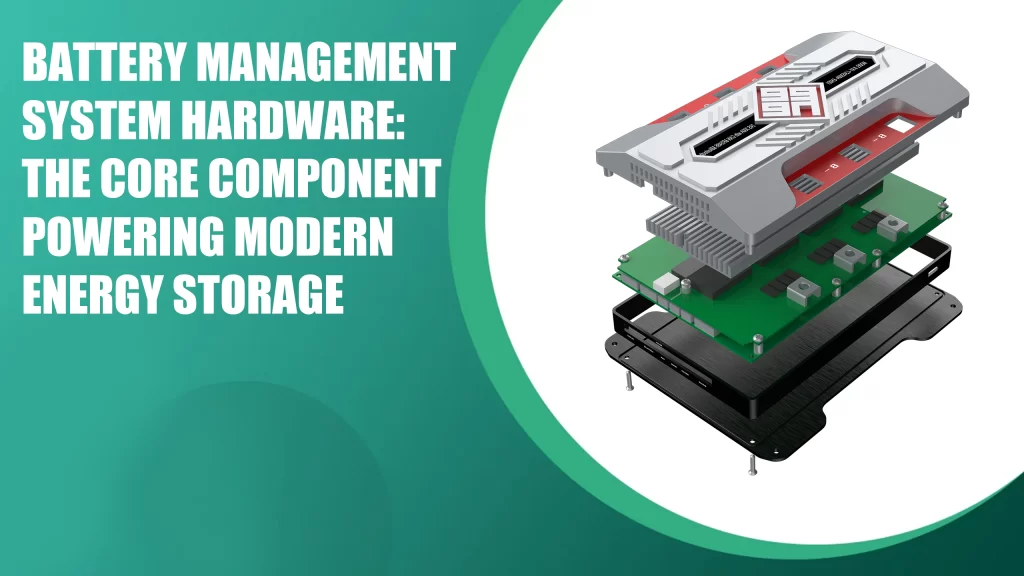
What Is Battery Management System Hardware?
Hardware for battery management systems is a group of physically connected parts that keep an eye on, control, and safeguard battery cells while they are in use.
Hardware is in charge of sensing and execution in the real world, as opposed to software, which makes logical judgments and analyzes data.
The system typically includes:
· Voltage sensors to detect the voltage of individual cells.
· Current sensors to measure the flow of electricity during charging and discharging.
· Temperature sensors to identify thermal fluctuations or risks.
· Microcontrollers (MCUs) that coordinate data processing and control actions.
· Communication modules to interface with external systems.
In order to ensure operating safety in even the most demanding settings, these components work together to form the frontline of battery protection and performance management.
Product Structure of Battery Management System Hardware
The structure of the Hardware for battery management systems is modular but synergistic.
Each component plays a specific role in the layered architecture:
1. Voltage Detection Module
This module detects any imbalances or over-voltage situations by continuously measuring the voltage of each individual cell.
Because even little variations can lead to decreased performance or battery degradation, voltage accuracy is crucial.
2. Current Detection Module
This module records current flow in real time using Hall-effect sensors or high-accuracy shunt resistors.
Energy throughput, protection against overcurrent occurrences, and State of Charge (SoC) calculations are supported by the data.
3. Temperature Sensors
One of the main reasons why batteries fail is thermal runaway.
Strategically positioned temperature sensors throughout the pack keep an eye out for hotspots or dangerously low temperatures that could compromise the stability or functionality of the chemistry.
4. Microcontroller (MCU)
The system’s brain, which is frequently a low-power chip like the MSP430, interprets sensor data, runs protection algorithms in real time, and manages system communication.
5. Communication Module
Data can be communicated with electric drivetrains, energy management systems, or cloud platforms thanks to the communication module’s compatibility for protocols like CAN bus, RS485, or UART, which facilitate smooth integration with other systems.
By combining these modules, a battery can be transformed from a passive energy storage device to a dynamic, self-regulating system.
How Battery Management System Hardware Works
The operation of Hardware for battery management systems follows a layered and sequential workflow:
Step 1: Data Acquisition
The microprocessor receives real-time data from sensors that continuously measure temperature, voltage, and current.
Step 2: Data Processing
To determine characteristics like SoC, State of Health (SoH), and charging behavior, the MCU analyzes the sensor data.
Step 3: Protection Mechanisms
The hardware starts fail-safe procedures if it detects abnormal conditions, such as overcharge, deep discharge, short circuits, or overheating.
This can entail warning supervisory control units, stopping charging, or isolating problematic cells.
Step 4: Communication
Data is sent to external systems, such as energy management software or a car’s central control unit.
Wireless connection is also being used more and more in current systems for remote updates and diagnostics.
By combining real-time analytics with mechanical actuation, the Hardware for battery management systems acts as both a sensor and a shield for the battery system.
Application Range of Battery Management System Hardware
Battery management system hardware is essential to many different industries due to its versatility and criticality:
Electric Vehicles
To control the high-voltage battery packs in EVs, BMS hardware is necessary.
It maintains thermal safety during braking and acceleration, balances cells, and tracks charging trends.
Renewable Energy Storage Systems
Storage of batteries evens out variations in energy supply in solar and wind-powered systems.
BMS hardware guards against environmental stressors and guarantees optimal charging and discharging of storage devices.
Portable Electronics and UAVs
In smartphones, drones, and medical devices, compact BMS hardware ensures efficient use of power while preventing overcharging or battery swelling.
Industrial Applications
Even under challenging operating conditions, BMS hardware enables industrial batteries—from backup power units to forklifts—maintain performance across thousands of cycles.
Key Features of Battery Management System Hardware
Modern battery management system hardware incorporates several key performance features:
· High Precision: Even slight variations in cell behavior are recorded and adjusted due to advanced sensors and analog front ends.
· Intelligent Control: Supports complex algorithms including adaptive protection levels, heat compensation, and passive or active cell balancing.
· Robustness and Reliability: In order to endure vibration, electromagnetic interference, and mechanical shock, systems are frequently constructed with segregated power pathways, redundant circuits, and automotive-grade components.
Because of these characteristics, modern hardware is more than just passive parts; it is an intelligent system that can adjust to changes in the environment, usage patterns, and battery aging.
Quality Assurance and Operational Best Practices
To ensure maximum safety and longevity, Hardware for battery management systems must adhere to strict manufacturing and production standards:
· ISO 26262 and IEC 61508: These safety standards specify functional safety in automotive and industrial environments.
· Regular Calibration: To ensure data accuracy, sensors need to be calibrated on a regular basis, particularly in locations where temperature is a factor.
· Thermal Management: Effective heat dissipation should be a feature of system design to prevent thermal stacking and sensor drift.
System performance and resilience are greatly increased by correctly installing and following these procedures.
Maintenance and Lifecycle Management
Regular inspection and maintenance extends the life and effectiveness of Hardware for battery management systems:
· Visual and Electrical Inspections: Examine modules, sensors, and connectors for wear, corrosion, or drift.
· Software and Firmware Updates: Periodically updating microcontrollers to fix firmware issues or add improved diagnostics is a good idea.
· Dust and Moisture Control: Ratings such as IP65 or higher should be applied to enclosures to ensure that they are protected against environmental incursion.
Particularly for systems used in mission-critical applications, proactive maintenance is crucial.
Future Trends and Innovation Outlook
The future of battery management system hardware is increasingly digital, compact and connected:
· Integration with AI & Machine Learning: With more BMS hardware incorporating AI-powered firmware, predictive maintenance and adaptive energy management are increasingly becoming possible.
· Miniaturization and ASIC Development: ASICs are being developed to decrease component size and power consumption, making them perfect for medical technology and wearables.
· Wireless Communication: Wireless BMSs based on BLE and UWB are being developed for drones and EVs to streamline design and lower cable-related failures.
· Cybersecurity Measures: MCUs are being equipped with encryption and secure boot protocols as BMS hardware increasingly interfaces with cloud services.
These developments portend even more sophisticated and efficient energy systems in the upcoming technological generation.
Battery management system hardware is a fundamental component of contemporary energy infrastructure.
It is a system optimizer, data gateway, and performance booster in addition to being a safety tool.
The importance of BMS hardware will only increase with the size and diversity of energy storage systems.
Hardware for battery management systems is the intelligent engine that guarantees energy is delivered safely and effectively every single time, whether you’re enabling green grids, powering the future of transportation, or supporting life-saving portable gadgets.
FAQ
Q: What is the hardware of BMS?
A: Communication modules, temperature, voltage, current, and battery management chips are some of the parts that make up the hardware of BMS products.
Q: What are the components of a battery management system?
A: Cutoff FETs, a fuel gauge monitor, a cell voltage monitor, a cell voltage balance, a real-time clock (RTC), temperature monitors, and a state machine are just a few of the functional blocks that can make up a battery management system.
Q: What are the 7 parts of a battery?
A: The anode, cathode, separator, electrolyte, current collectors, battery shell, and terminal connectors are the seven main parts of a conventional battery.
Q: Does BMS prevent overcharging?
A: Indeed, the purpose of a battery management system (BMS) is to stop batteries from becoming overcharged.
Q: What is the difference between smart BMS and hardware BMS?
A: Hardware BMS: Has limited capacity for growth; in order to improve functionality, more parts such soft switches and GPS are frequently needed.
Smart BMS: Known for being intelligent and versatile, it supports a wide range of accessories and features.








